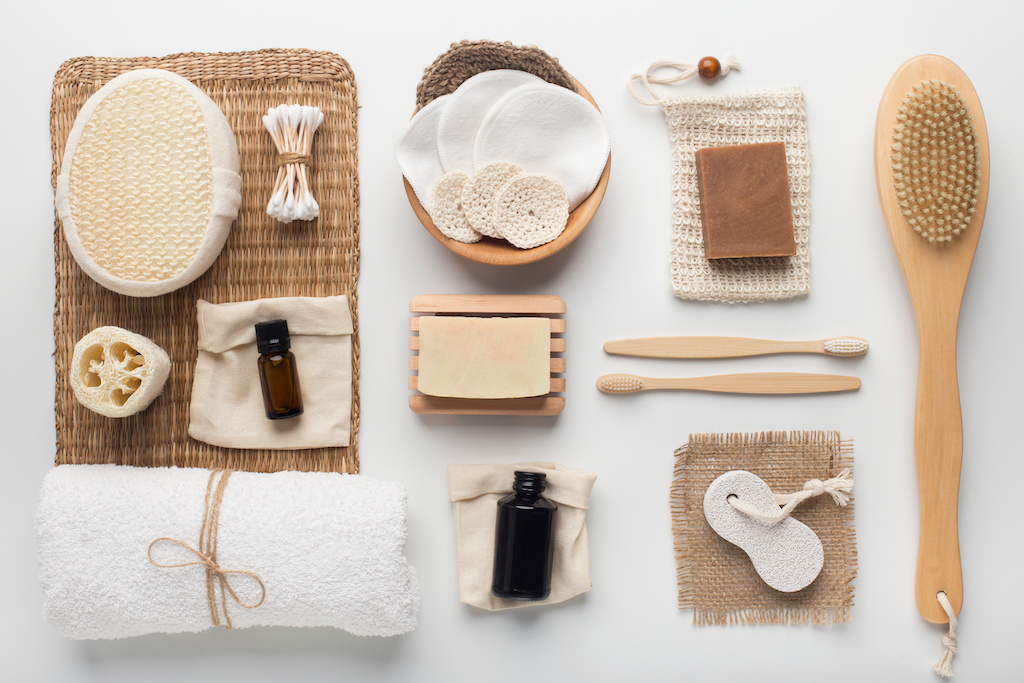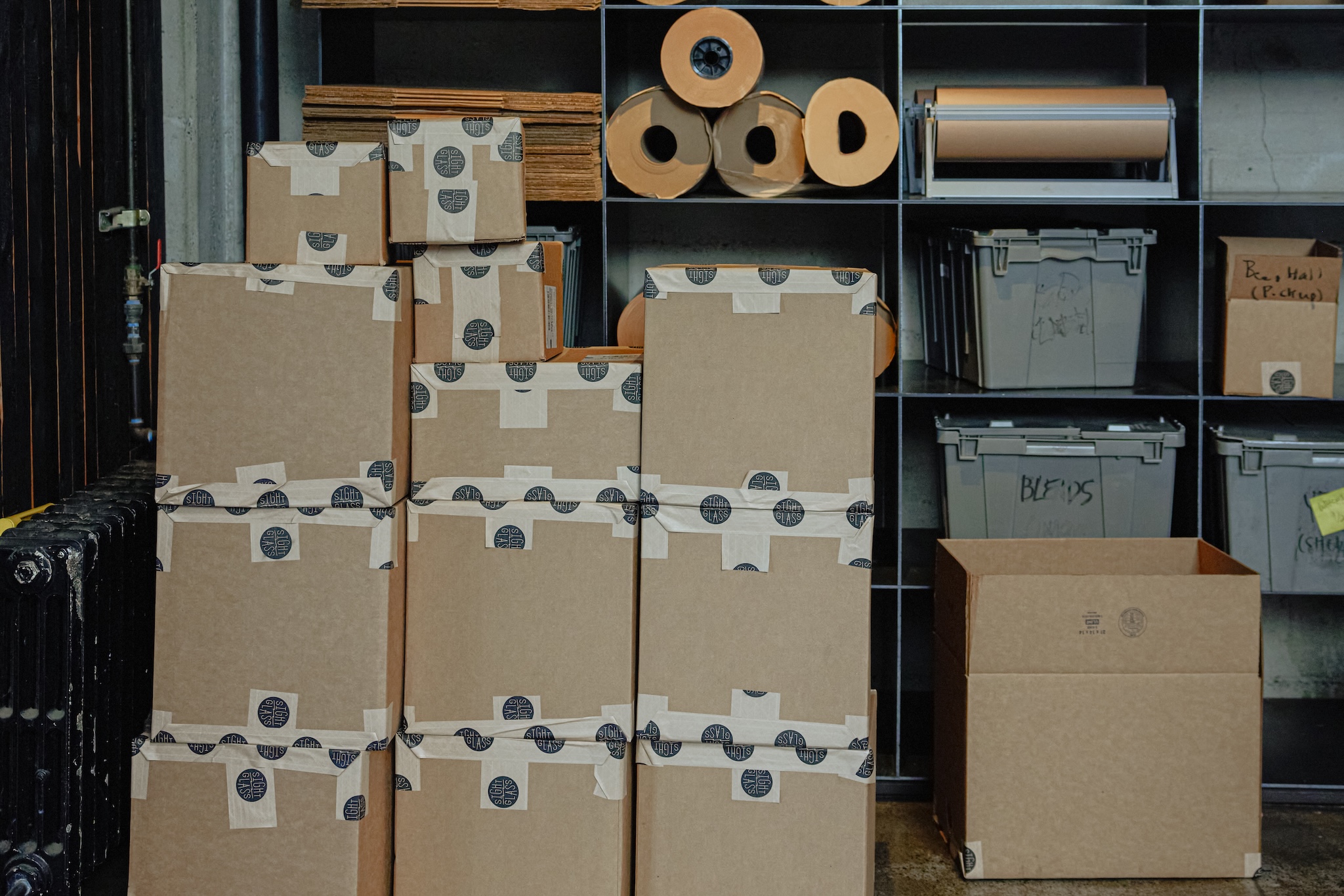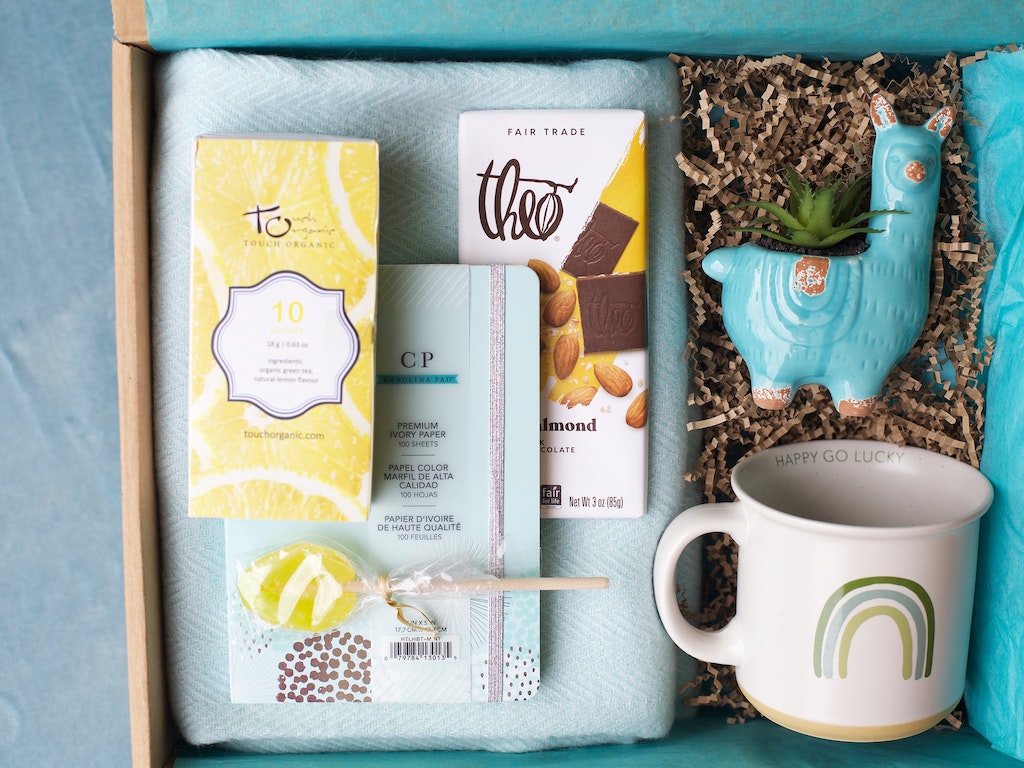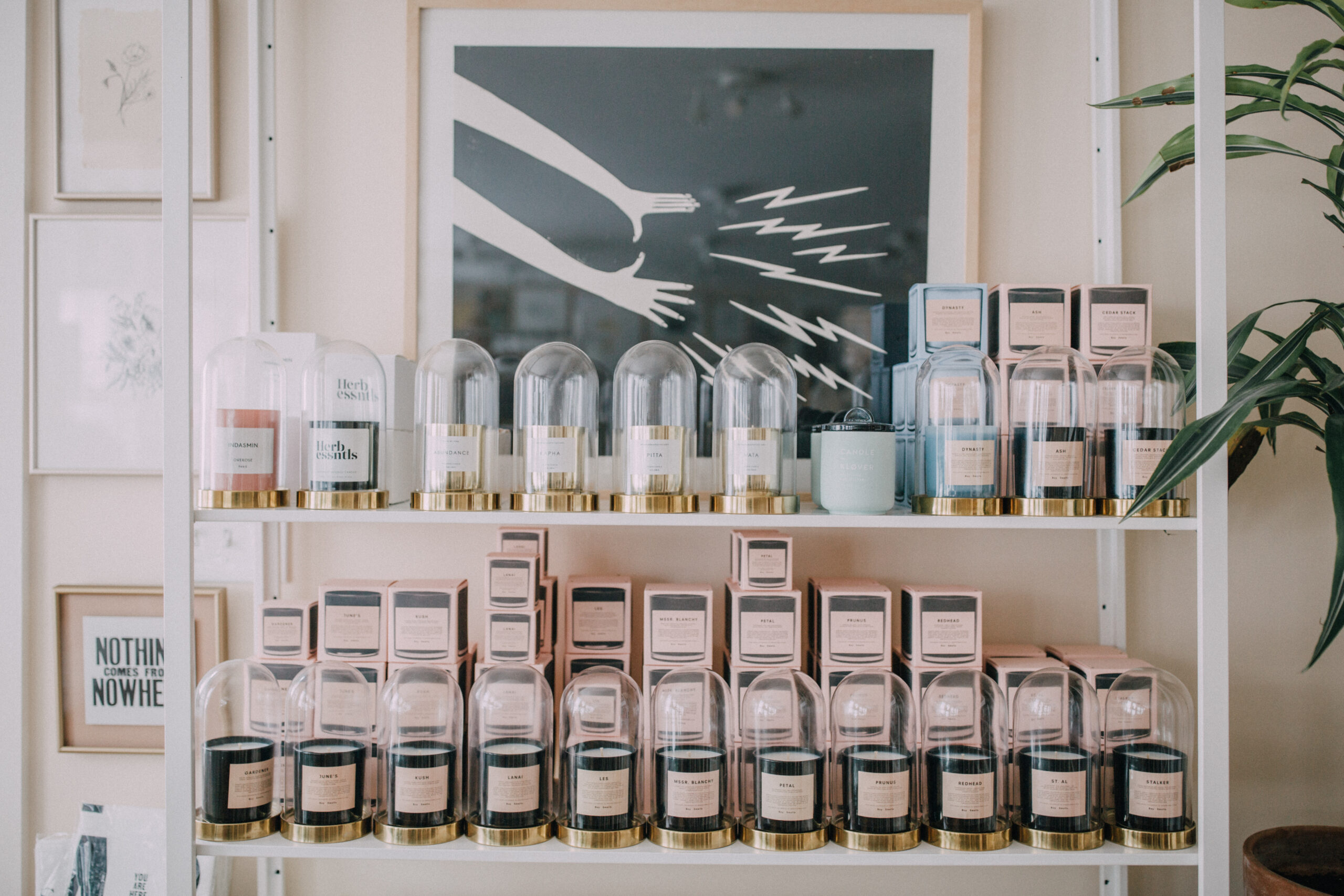

For the past few years, subscription boxes have been all the rage, and you can find them for everything from dog toys to hot sauces. But the concept that led to the proliferation of subscription boxes isn’t new. It’s a repackaging, pun intended, of kitting. Brands and retailers alike have learned to use kitting not only to boost their average order value but also cut down on fulfillment costs and move extra inventory.
Kitting can play an important role in your inventory management strategy while offering a creative way to curate your products. Keep the pointers below in mind as you get started.
Let’s start with the basics. What is kitting?
Kitting is the practice of packaging certain products together in order to sell them. The items are different from one another but complementary so that they feel like a cohesive package. The items are packed in one container and then shipped to the buyer.
Kits are often sold under their own single stock keeping unit, or SKU, to indicate they’re a separate offering. Another popular term you might see for this is bundling, though bundling is more general and can contain items that are all identical.
Say you run a skincare brand that has a wide assortment of SKUs for serums, toners, oils, and cleansers. You might decide to package a few of your related products in a themed kit. So for the summer, you create a beach-time bundle that includes an SPF moisturizer, a citrus lip balm, and a vitamin C face mist. You market this as a special seasonal item and successfully save on shipping costs while increasing your typical order size. All because you repackaged products you already had and presented them as a new offering.
Why is kitting an important strategy?
The benefits of kitting are aplenty, but there are three big ones:
- Foremost, kitting can increase your average order value. If shoppers come to your site and end up buying a candle-making kit that costs $120 instead of a single candle that costs $35, you’ve increased your sales volume and profitability. Meanwhile, shoppers feel they’re getting a deal or more convenience.
- Kitting saves on shipping costs. Instead of packing, labeling, and shipping several individual items to multiple destinations, you’re packing one box and sending it to one address.
- Kitting allows shoppers to discover new, or just surplus, products you offer that they may not have tried otherwise.
What are some creative examples of kitting?
Many Faire brands offer kitting examples that are already tailor-made for independent retailers. For example, baby products brand Papillon Bebe sells a variety of infant onesies, booties, and bibs. In addition to these SKUs, the wholesale retailer offers a “newborn essentials baby bundle,” which includes a knotted baby gown, a swaddling blanket, and a cute little hat. Even better: Buyers can customize by color and size.
Wonderfully Made is a plant-based bath and body products line that sells organic, handmade soaps, lip balms, shampoos, and lotions. The brand bundles a cold-remedy care package that features its Sinus Smoother soap, the Breathe Easy salve, and a Breathe Easy essential oil roll-on—the perfect gift for someone under the weather.
I’m ready to give this a try. What should I know?
The kitting process can look different for every business, but there are a few winning strategies that brands and retailers should keep top of mind when considering whether this approach is right for them.
-
Know what to include. Though it can be tempting to jettison slow-moving inventory that you want out of your warehouse, be intentional about what you include when kitting. Make sure you’re creating value for shoppers. Try to orient your kit around a theme, such as a color, astrological sign, season, or activity, like travel essentials. Don’t forget to account for any special materials you might need, whether that’s wooden crates or branded wrapping paper.
-
Know how to price. Pricing can get tricky for kitting. You’ll want to price a kit high enough to make a profit, but you also want to give shoppers a big enough discount to justify buying the single kit instead of choosing their own individual products. A good rule of thumb is the cost of your kit offering should be at least 10% lower than the cost of those SKUs when tallied up.
- Know how to market. Creating the kits is just the first part of the job. Now you need to let shoppers know they exist. Make an announcement on your social channels, add a prominent banner to your landing page carousel, or email your subscriber list with the new offering. You might even include the kit in the related items category of bestselling products on your website.
- Know when to outsource. Kitting can get complicated if you’re not paying close attention to inventory to ensure you have what you need for orders. A third-party partner can handle inventory counts and SKU creation and take fulfillment logistics off your hands.
What do the logistics of kitting look like?
Regardless of whether you do your own assembly or outsource to a partner, you should have an understanding of how the process works from ideation to shipping. Here’s a general outline of what to expect.
- Pick your items. As we mentioned previously, make sure you’re thoughtful about your curation. Create something that would entice a shopper both in quality and price. Think about how many items and what size of product will go in the package.
- Create a unique SKU. When you create a kit, you make an entirely new offering out of items you had before. Reflect that with a new SKU so you can easily track and analyze your inventory count. When it comes to tracking, the kits should be treated as a single item.
- Consider the customer experience. Think about how you want the kit to look when your customer unboxes it. Wrap items carefully and arrange everything neatly. Decide whether you want to have kits pre-assembled to save time whenever an order is placed.
- Ship it. Affix it with a shipping label, and you’re good to go. Rest easy that you’re optimizing and reducing your shipping costs with each package.
Kitting can help you drive sales and also cut down on fulfillment inefficiencies. It’s yet another way you can delight your customer with meaningful curations while encouraging them to explore more of your product line. So consider kitting for your inventory strategy and find out how it can help your business.




